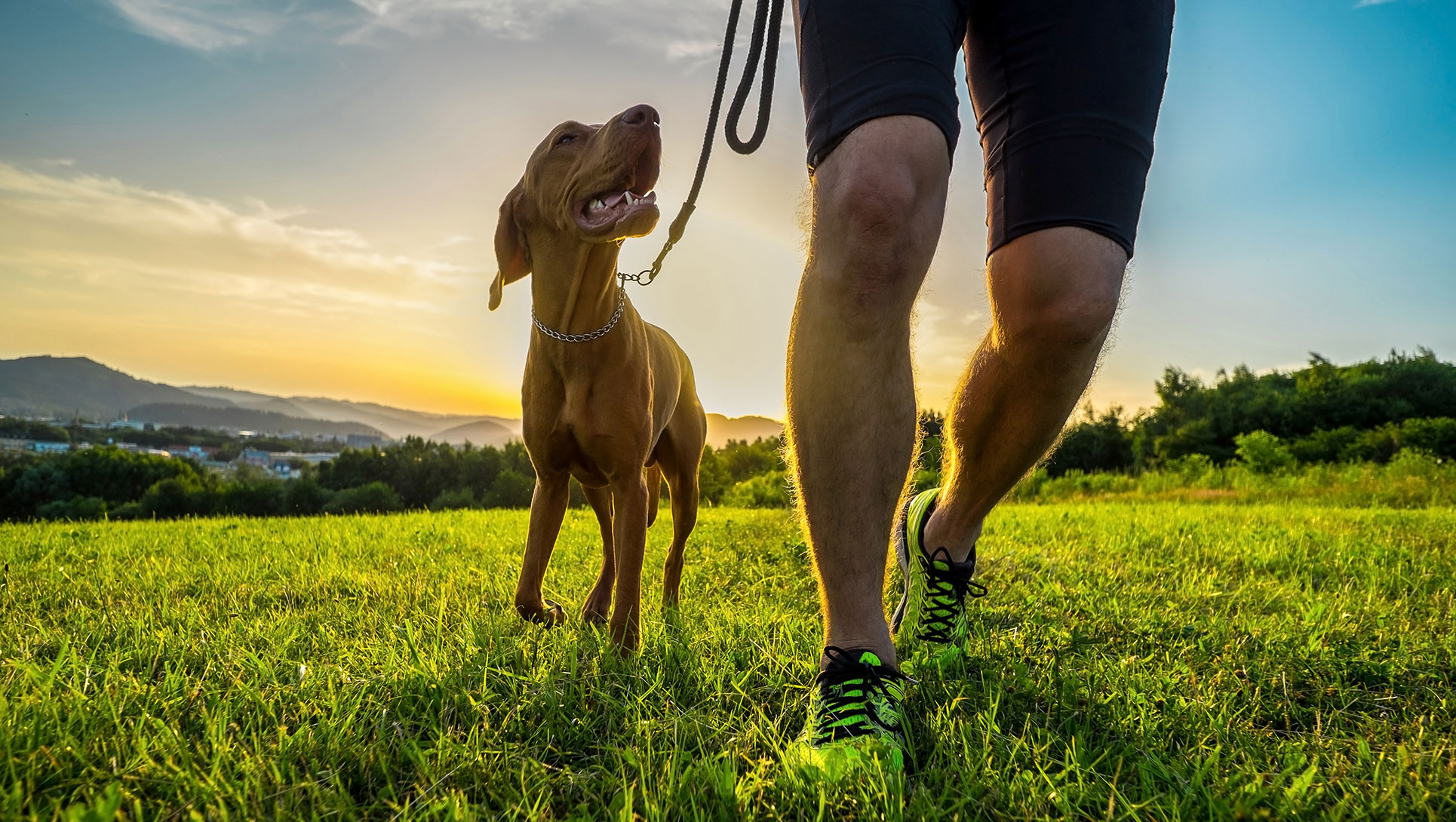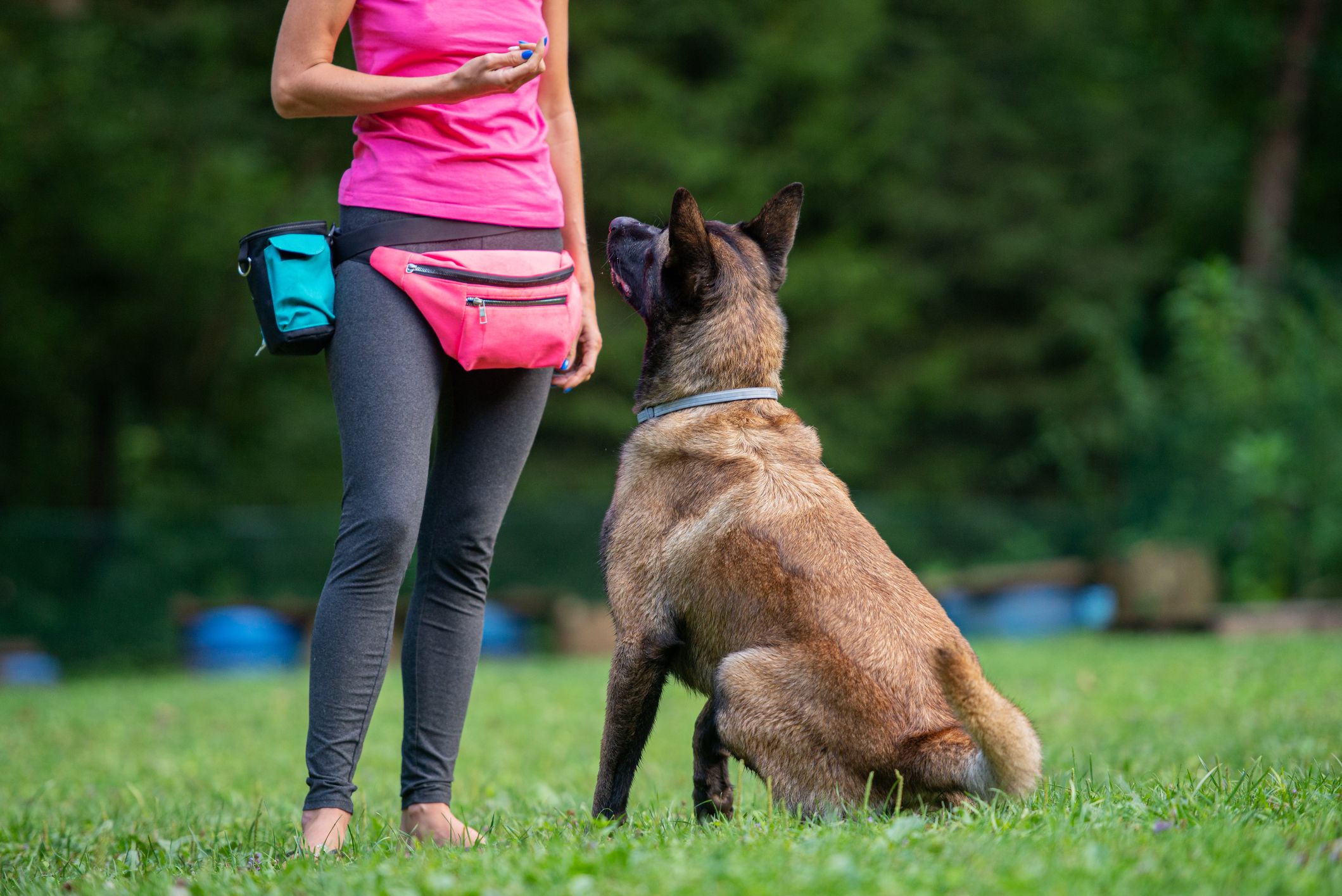Common Mistakes to Avoid During Dog Training for Better Results
Common Mistakes to Avoid During Dog Training for Better Results
Blog Article
Beginner's Overview to Successful Canine Training in the house
Efficiently educating a canine in your home needs a nuanced understanding of canine actions and effective interaction methods. Developing clear training goals, using top notch rewards, and maintaining uniformity across member of the family are crucial aspects. In addition, incorporating training into daily regimens can improve both involvement and retention. Nevertheless, several amateur fitness instructors experience challenges that might hinder progression. To browse these complexities properly, it's vital to check out a number of vital facets that can change your technique and bring about a harmonious connection with your pet dog. What fundamental concepts should every newbie grip to ensure success?
Recognizing Dog Habits
Understanding dog actions is vital for reliable training and fostering an unified relationship between humans and their canine companions. Pets interact primarily via body movement, articulations, and facial expressions, making it vital for owners to interpret these signals properly. Recognizing behaviors such as tail wagging, roaring, or cowering can offer insights into a canine's mood and purposes.

Common behavior issues, such as aggression, anxiety, or excessive barking, usually stem from misunderstandings or unmet requirements. Observing and dealing with these concerns immediately can avoid rise and make sure a positive training experience. By fostering a deep understanding of pet habits, owners can tailor their training techniques to match their canine companions, eventually resulting in a contented and mannerly pet dog.
Crucial Training Devices
A well-appointed training area can significantly boost the efficiency of pet training at home. Necessary training devices ensure that both the fitness instructor and the pet dog can participate in effective sessions that promote understanding and bonding.

Spending in a strong leash and a comfy, well-fitting collar or harness is important for security and control. These tools help develop borders and ensure the canine remains safe and secure throughout training. Additionally, a marked training area, free from distractions, aids focus for both the fitness instructor and the pet.
Educating help such as training pads, cones, or dexterity tools can additionally enhance the experience by presenting variety and challenges. Having a note pad or digital application for tracking progress can be vital, enabling you to keep in mind successes and locations for improvement. Making use of these vital tools will produce a positive training atmosphere and lay the structure for efficient knowing.
Creating a Training Regimen
Establishing a constant training regimen is vital for reliable pet training at home. A well-structured regular not just assists in reinforcing preferred behaviors however additionally gives your canine with a sense of safety and security and predictability. To create an effective training routine, begin by identifying details training goals, such as standard commands, leash strolling, or house-breaking.
Select a designated time daily for training sessions, preferably when your dog is responsive and alert. Sessions needs to be short, approximately 5 to 15 mins, to preserve focus and prevent tiredness. Consistency in timing and environment will certainly enhance your pet's understanding experience.
Incorporate training into everyday tasks to reinforce skills. Technique commands throughout walks or nourishment, which integrates discovering into natural routines. Additionally, remain adaptable and readjust the routine as essential, accommodating your dog's power degrees and state of mind.
Favorable Reinforcement Techniques
Positive reinforcement techniques are fundamental to effective dog training, advertising wanted actions via rewards instead of punishment. This technique uses positive stimulations, such as deals with, you can try here praise, or play, to urge canines to duplicate specific activities. The cornerstone of this approach is timing; incentives need to be offered quickly following the desired actions to produce a clear organization.
When carrying out favorable reinforcement, it is important to pick rewards that are motivating for your pet dog. High-value treats, such as small items of poultry or cheese, can be especially effective throughout training sessions. Additionally, differing the incentives can preserve your canine's passion and enthusiasm.
Beginning with straightforward commands, like "rest" or "remain," and progressively progress to much more complicated jobs. Uniformity is key; make sure that all relative make use of the same commands and benefit systems to avoid confusion.
Moreover, it is vital to continue to be person and stay clear of irritation. Canines, like human beings, discover at their own speed. By promoting an encouraging training environment with favorable support, you can boost your dog's knowing experience while strengthening the bond in between you and your furry friend, preparing for effective training end results.
Typical Educating Challenges
While training a canine in the house can be a gratifying experience, it often comes with a collection of typical challenges that can test both patience and uniformity. One common concern is interruption. Pet dogs might end up being easily sidetracked by sounds, motions, or perhaps aromas in their setting, making it tough to maintain their focus during training sessions.
One more obstacle is inconsistency in commands and support. It can perplex the canine and hinder development if family members make use of various cues or incentives. Establishing a unified approach is necessary for effective communication.
Additionally, canines can experience aggravation or stress, especially if they do not recognize what is expected of them. This can bring about unwanted behaviors, such as chewing or barking.
Lastly, the timing of support is essential (Dog training). Postponed rewards can reduce the performance of look at here favorable reinforcement, as pets might fall short to link the behavior with the reward
Overcoming these challenges requires dedication, clear communication, and an organized training plan. Acknowledging and addressing these common challenges will certainly lead the means for a much more successful and pleasurable training experience in your home.
Final Thought
In final thought, successful pet dog training at home demands a comprehensive understanding of canine actions and effective interaction approaches. By developing clear training objectives and using high-quality deals with along with favorable reinforcement, more information the training procedure ends up being a lot more gratifying for both the instructor and the pet dog.
Developing a constant training regimen is essential for reliable dog training at home.Positive support methods are fundamental to reliable dog training, promoting wanted habits through incentives instead than punishment (Dog training). By promoting a supportive training atmosphere via positive support, you can boost your canine's knowing experience while reinforcing the bond between you and your furry buddy, laying the foundation for effective training outcomes
In conclusion, effective pet dog training at home necessitates a comprehensive understanding of canine habits and efficient interaction methods. By developing clear training goals and utilizing high-quality treats along with positive reinforcement, the training procedure comes to be much more fulfilling for both the dog and the instructor.
Report this page